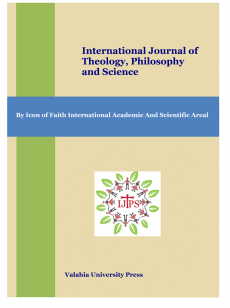Language, Truth and Literature: The grammars of truth in the history of philosophy
Language, Truth and Literature: The grammars of truth in the history of philosophy
Author(s): Gene FrendtSubject(s): Philosophy, Logic, Pragmatism, Analytic Philosophy, Philosophy of Religion
Published by: Ideas Forum International Academic and Scientific Association
Keywords: Truth; senses of; Philosophy; history; Frye, Northrop; Grammar (Wittgenstein); Tarski; Alfred; Literary modes; Empiricism; limits of; myth; invention/discovery; language games;
Summary/Abstract: Examining the history of philosophy, we can see that the word ‘true’ is used in many ways. These ways parallel the modes Northrop Frye saw ordered in literature. Just as his Anatomy of Criticism outlines literature’s devolution from myth to romance to the high mimetic, low mimetic and ironic. We see the history of philosophy descends from mythic metaphysics to a self deconstructing irony.Between these we can find three asymmetrically related modes of ‘being true’ which exhibit the same functions and interrelations as Frye’s three intermediate modes in literature. Given the work of Gödel and Tarski there is good reason to suspect that the sort of relationships pointed out by Frye and exhibited in Kant are necessary for any linguistic being. Truth is said in many ways; these ways are systematically related and allow no closure on any particular one.
Journal: International Journal of Theology, Philosophy and Science
- Issue Year: 1/2017
- Issue No: 1
- Page Range: 19-35
- Page Count: 17
- Language: English

